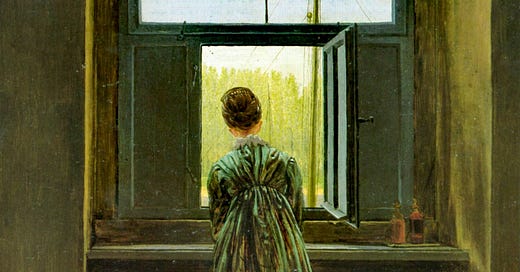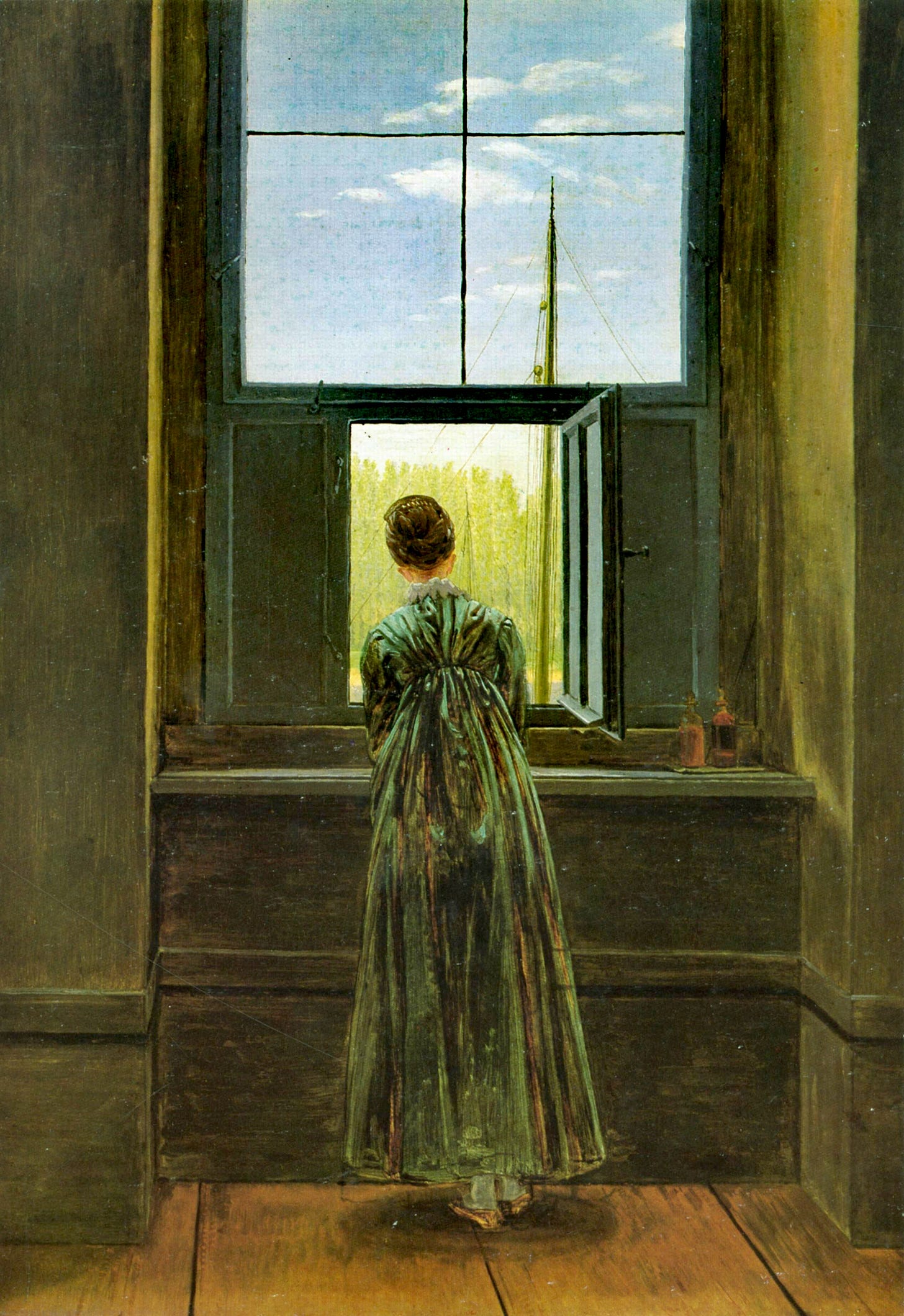“Two roads diverged in a wood, and I—
I took the one less traveled by,
And that has made all the difference.”
—Robert Frost, The Road Not Taken
In one of my 1-on-1 meetings, which occurred sometime in the middle of October, my manager at work asked me a question.
“Linart, ‘di ka ba nabobother sa ingay ng chickens sa background?”
(Linart, aren’t you bothered by the noise of the chickens in the background?)
In the most respectful manner possible, I replied, "Huh?"
I was certain my ears didn’t hear the sound of any chickens. No cock-a-doodle-doos or even a cluck-cluck.
Was my manager just hearing things?
But I quickly dismissed the idea. After he pointed out the noise, I began to hear them. The chickens were shrieking at the top of their lungs.
Have they been crowing all this time?
⏰ Lifestyle Desensitization
In psychology, there's a concept known as sensory adaptation.
It’s our sensory systems' ability to ignore constant or repeated stimuli, allowing the body to conserve energy. This allows us to focus on significant changes happening around us.
This is the reason you might not feel the air going in and out of your nose when you breathe, or why you stop feeling your clothes on your skin after a short time.
It's also why one might not pay attention to chickens crowing in the background if he hears them every day.
Sensory adaptation stands as a remarkable facet of our biology, but this efficiency isn’t always helpful. It comes with potential risks.
When our bodies adapt to unhealthy conditions, we may end up overlooking potential dangers to our well-being.
Take poor air quality, for instance. Our noses may initially detect the pollution, but with prolonged exposure, we become numb to the threat, leading us to neglect necessary health precautions and risk illness.
But this is not limited to sensory information; it can also extend to our lifestyles. If we persist in the same routine for prolonged periods, our unhealthy habits may go unnoticed.
And what we experience here is not mere lifestyle adaptation; it’s lifestyle desensitization.
🌦️ A Regular Tuesday
On a fairly typical Tuesday, I ended my day staring blankly at the ceiling.
Nothing necessarily bad happened. It was a Tuesday like any other.
In the morning, I journaled. In the afternoon, I practiced yoga. Work meetings occupied my day like usual. And before bedtime, I sat upright on my bed, warmed by a bright orange light shining upon the book placed neatly on my lap, "Kafka on the Shore" by Haruki Murakami.
I mapped out my day the night before, and I’ve been following the routines I've been following for the past 3 months, and yet, I felt lost and unfulfilled.
What am I doing with my life?
As I continued to stare at the blank canvas that is our ceiling, the encounter with my manager came to mind.
Apart from the crowing, what else am I no longer noticing?
Then, like with the chickens, I began to notice what’s been happening in the background.
Despite building healthy habits like journaling and yoga, I didn’t realize I’ve developed a mindless routine of constantly checking emails, notifications, and random cat videos on Twitter.
And even though I became more consistent with reading, I haven’t really been enjoying it. This is because I’d read books as if I joined a speed reading competition. I’d take pride in my 2023 Reading Challenge progress on Goodreads but barely remember anything from what I read.
I knew it was time for things to change.
The day after, I requested a vacation leave for Friday. I won't be leaving home like on a true vacation, but I will be leaving behind the life that was no longer serving me.
💭 The Think Day
Every year, Gates would go on a solitary retreat where he immerses himself in books and problem-solving for seven days. He calls it his “Think Week.”
I’ve always wanted to try it, but seeing that I couldn’t leave work and personal life for a whole week, I settled on a Think Day instead. This was how I decided to spend my Friday leave from work.
But before that, I had to establish some ground rules:
No social media.
No movies or TV shows.
No internet unless it's for research.
I’ll be spending an entire day equipped with nothing but myself, a pen and paper, and some books—likely accompanied by coffee as well.
When the Think Day finally came, I started the morning with natural sunlight and fresh air. I let out a smile as I stretched my arms into the air while standing on our terrace. There were no alarms, no notifications, and zero screen time.
It was a refreshing experience. My mind felt like a freely flowing river, cleansed of the impurities that had once clouded its crystal-clear waters.
I read the book Originals by Adam Grant. But unlike before, I read like it’s the only important thing at the moment. I cherished every word, and indulged in every sentence. Reading this way allowed me to reflect on every paragraph, allowing Grant’s ideas to stick in my mind: Did you know that child prodigies rarely go on to change the world?
My afternoon was then spent journaling and jotting down ideas in a notebook.
What are my strongest beliefs? What would it take for me to change them? How can I do less, but better? How do I improve the quality of my relationships?
I became my own architect—no longer a mere passenger of the boat of life.
In every moment, I felt truly present, living in harmony with myself. For once, I felt like I’m living the way I’m supposed to be living.
🧭 The Road That’s Taken
Much like in Robert Frost’s poem, I believe life continually presents us with diverging roads—a choice on how we wish to continue living. This choice emerges when we take a step back and reassess our beliefs, values, and routines.
But I don’t think a Think Day is necessary to make this choice available to us. We don’t need somebody from work to tell us there are chickens crowing in the background.
All we need is a bit more intention.
Today, I read my books more slowly. I also don’t have social media apps in my phone anymore.
These are changes I hadn't previously made—paths I hadn't yet explored. I must admit that making these changes proved more challenging than I had anticipated. Despite all my efforts, I still check Twitter on the Chrome app to get my daily dose of cat videos.
Nevertheless, what truly matters is that I'm committed to making these changes, even if I stumble at times.
Because to me, this is what will make all the difference.
For this essay, I tried doing ’s Reverse Outline process. Generating ideas and organizing them to create an essay was super fun! I’m honestly still figuring out how to implement it well, but I’m excited to try it out again in the next piece.
📌 Before you go:
1 - If you enjoyed this essay and want to make my day, consider giving it a ❤️. You might also enjoy reading 4 Frameworks to Live A Happier Life.
2 - If you’d like to receive my future posts straight to your inbox, subscribe here:
3 - I’d love to hear from you: What’s one thing you’re trying to change right now?
Thank you for brainstorming ideas with me. To , , , and , I appreciate all the thoughtful feedback you gave to my draft.







Michael's Reverse Outline process rocks! Helped me write a long essay I was struggling with.
This turned out great, Linart! Well done!
Awesome to hear the reverse outlining process helped! Happy to answer any questions on it as you keep experimenting with it. Been meaning to write a longer, more focused piece on it, so I'm curious to know what resonates and what's still tricky.